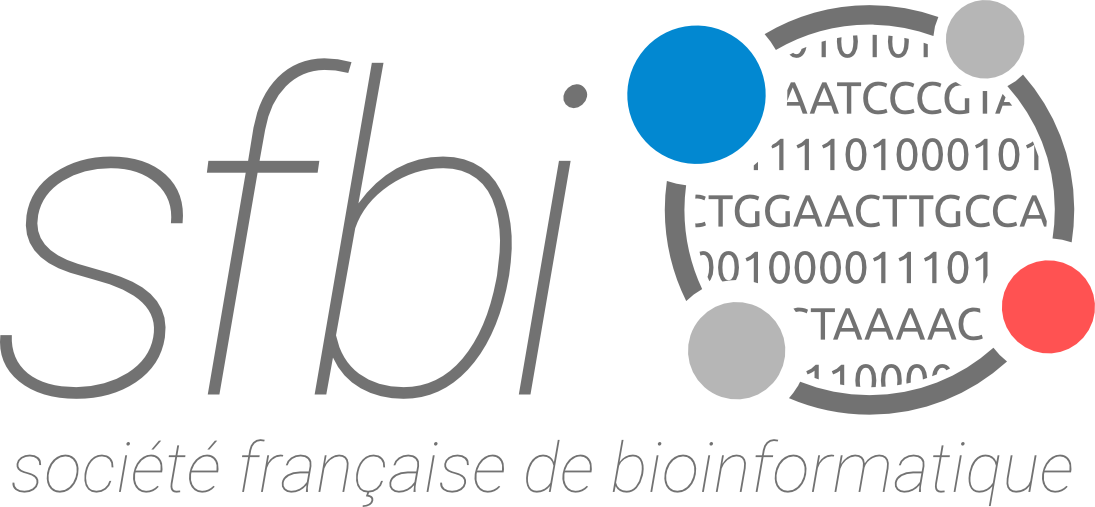Stage M2 molecular dynamics aIF5B (rappel)
Stage · Stage M2 · 6 mois Bac+5 / Master Ecole polytechnique · Palaiseau (France)
Date de prise de poste : 11 janvier 2023
Mots-Clés
force fields molecular mechanics molecular dynamics normal mode analysis MMPBSA
Description
Study of the archaeal translation initiation factor aIF5B by molecular dynamics simulations
Studying protein biosynthesis allows a better understanding of
evolution. Archaea appear as a central piece to understand evolution
and efforts to better understand their diversity and molecular
mechanisms bring important insights. Archaeal translation initiation
(TI) is divided into two stages, as in eukaryotes [1]. The early steps
of TI are devoted to start codon selection. Start codon selection is
achieved within a macromolecular complex involving the small ribosomal
subunit (SSU) bound to the mRNA, aIF1, aIF1A and the ternary complex
aIF2:GTP:Met-tRNA_i^Met. In eukaryotes and in archaea, late steps of
translation initiation occur after start codon selection and e/aIF2
departure. These steps involve the two initiation factors e/aIF1A and
e/aIF5B. These two factors ensure the final checkpoint for the presence
of the initiator tRNA on the SSU and facilitate the assembly with the
large ribosomal subunit (LSU). Subsequent GTP hydrolysis-dependent
departure of e/aIF5B enables protein synthesis to begin.
aIF5B is composed of four domains. Domain I (GTP/GDP binding domain),
II and III are packed together and linked by a long alpha-helix (helix
h12) to domain IV responsible for the binding of the methionylated-CCA
end of Met-tRNA_i^Met. As for other translation GTPases, the nucleotide
cycle is controlled by two switch regions that are either in ON state
when aIF5B is bound to GTP or in OFF state when the factor is bound to
GDP.
Crystallographic structures of P. abyssi aIF5B bound to GTP and GDP were
recently reported by our lab [2]. These structures reveal for the first
time the conformation of both aIF5B GTP-ON and GDP-OFF states. They
provide an opportunity to better understand the function of aIF5B and
more broadly of late steps of translation initiation.
Some questions about aIF5B mechanism and function can be investigated
by molecular modeling. First, having the structure of the GTP-ON and
GDP-OFF states, it would be interesting to simulate their motion and
compare the dynamical behavior of the two states. Second, the mechanism
of transition between the two states could be explored, that is how the
conformational changes are propagated from a change in nucleotide state.
Third the thermodynamics aspects of GTP and GDP binding to aIF5B could
be studied.
These questions will be addressed by molecular dynamics simulations,
that give access to the time evolution of molecular systems. Normal
mode analysis will also be used to study the low frequency dynamics of
the systems. MMPBSA calculations will be employed to investigate the
nucleotide binding to aIF5B.
An experimental component to the internship could also be considered,
depending on the skills and motivation of the candidate. Based on the
modeling results, it could indeed be interesting to test the effect of
mutations on the structure and function of aIF5B.
[1] Recent advances in archaeal translation initiation.
Schmitt E., Coureux P.-D., Kazan R., Bourgeois G., Lazennec-Schurdevin C. and Mechulam Y.
Front. Microbiol. 2020, 11, 584152.
[2] Role of aIF5B in archaeal translation initiation.
Kazan R., Bourgeois G., Lazennec-Schurdevin C., Larquet E., Mechulam Y., Coureux P.-D. and Schmitt E.
Nucleic Acids Res. 2022, 50, 6532-6548.
Candidature
Procédure : Envoyer un mail à thomas.gaillard@polytechnique.edu avec CV et lettre de motivation.
Date limite : 30 novembre 2022
Contacts
Thomas Gaillard
thNOSPAMomas.gaillard@polytechnique.edu
Offre publiée le 24 octobre 2022, affichage jusqu'au 30 novembre 2022
